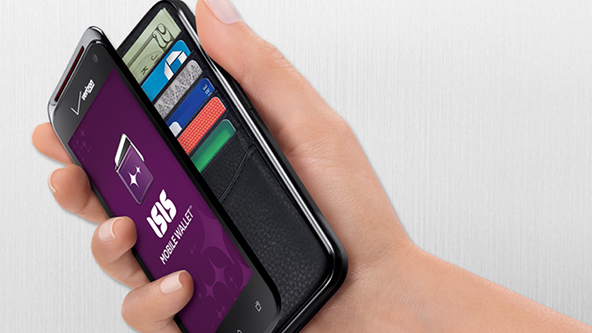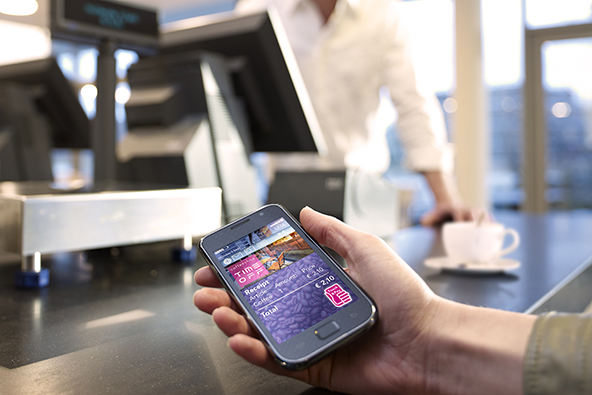How to Handle Chargebacks Resulting from not Received Merchandise

Both Visa and MasterCard use special reason codes for chargebacks resulting from a non-receipt of purchased merchandise. Visa’s is Reason Code 30: Services Not Provided or Merchandise Not Received and MasterCard’s is Reason Code 4855 — Non-receipt of Merchandise.
Typically, Visa’s Reason Code 30 and MasterCard’s is Reason Code 4855 are issued when the card issuer receives a claim from a cardholder that merchandise he or she purchased was not received or that the cardholder canceled the order as the result of not receiving the merchandise by the expected delivery date.
The most common causes for this type of chargebacks are that the merchant:
- Has not provided the services.
- Has not sent the merchandise.
- Has billed for the transaction before shipping the merchandise.
- Has not sent the merchandise by the agreed-upon delivery date.
If you receive a Visa Reason Code 30 or a MasterCard Reason Code 4855 chargeback notice, take the actions suggested below:
- Merchandise was delivered. In case the merchandise at issue was delivered by the agreed-upon delivery date, contact your processor with details of the delivery or send them evidence of delivery, such as a delivery receipt signed by the cardholder or a carrier’s confirmation that the merchandise was delivered to the correct address. If the merchandise was software that was downloaded online, provide evidence that the software was downloaded to or received by the cardholder.
- Less than 30 days since the transaction date have passed and no delivery date was set. If there is no specified delivery date, the issuer must wait 30 calendar days after the transaction date before charging back. In case no delivery date has been specified, and the card issuer charged back the transaction less than 30 days from the transaction date, send a copy of the sales receipt to your processor pointing out that 30 days have not yet elapsed. You should also state the expected delivery date.
The issuer has 120 days from the latest anticipated delivery date specified by the merchant to submit a chargeback. - The specified delivery date has not yet passed. In case the specified delivery date has not yet passed, return the chargeback to your processor with either information or a copy of the documentation showing the expected delivery date. Remember that the transaction date is the date on which the merchandise is shipped, which means that you should not deposit credit card payments until the date of the shipment. For custom-made merchandise, you are allowed deposit the entire transaction amount before shipping, provided you notify the cardholder at the time of the transaction.
- Merchandise is shipped after the specified delivery date. In case the merchandise was shipped after the specified delivery date, provide your processor with the shipping date and expected arrival date, or proof of delivery and acceptance by the cardholder.
- Services were rendered. In case the contracted services were rendered, provide your processor with the date the services were completed and any evidence indicating that the customer acknowledged receipt.
Whenever you have to provide supporting documentation to your processing bank during a chargeback process, you must do it within the specified time frame. Otherwise, you would lose the dispute, regardless of its validity.
- To minimize chargebacks, implement the following best practices:
- Delayed delivery. In case the delivery of the merchandise is delayed, notify your customer in writing of the delay and the new expected delivery date. Consider providing your customer with the option of proceeding with the transaction or canceling it (depending on your customer service policy).
- Expected delivery. Always indicate the expected delivery date on the sales receipt.
- Proof of delivery. Request proof of delivery for shipped merchandise, such as certified mail or a carrier’s certification that the merchandise was delivered to the correct address and signed for by the cardholder. This will allow you to return the chargeback if the customer claims the merchandise was not received.
- Software downloaded online. If your business sells software that can be downloaded online, design your website in a way that enables you to provide evidence to your processor that the software was downloaded and received by the cardholder.
Image credit: Moneyandfaithinmotion.com.


